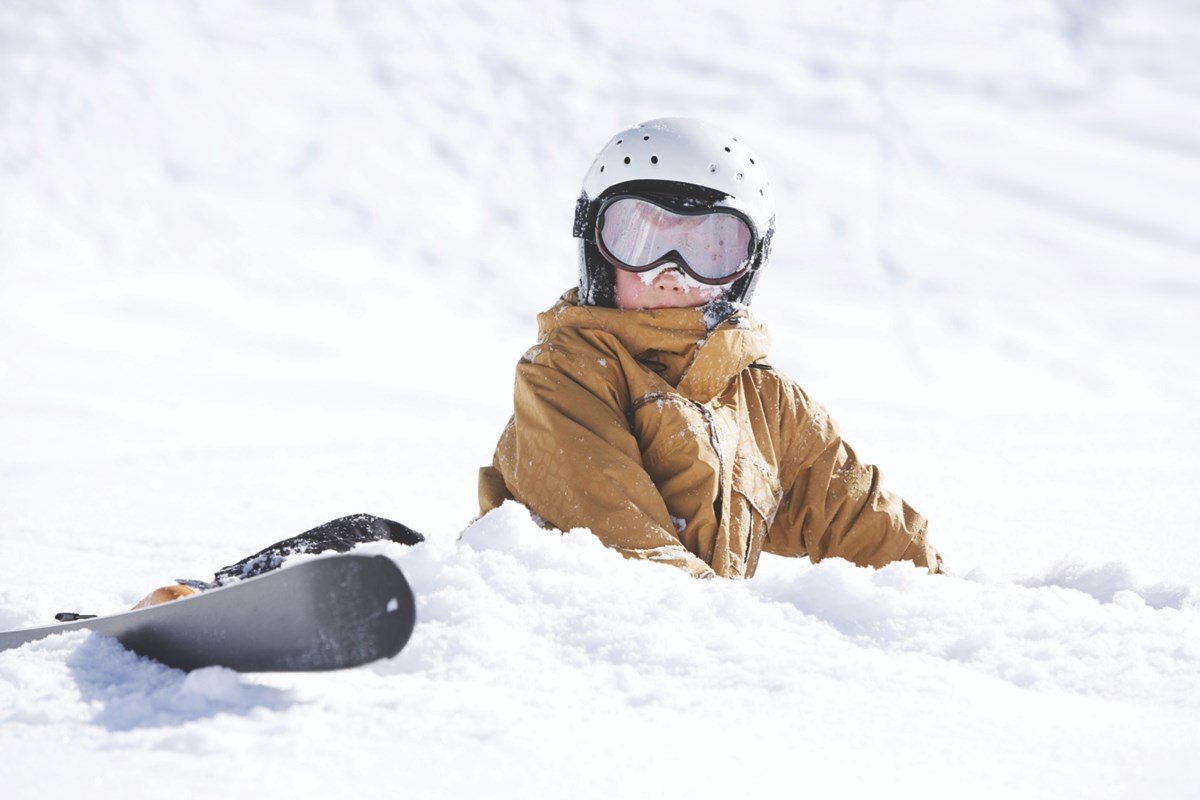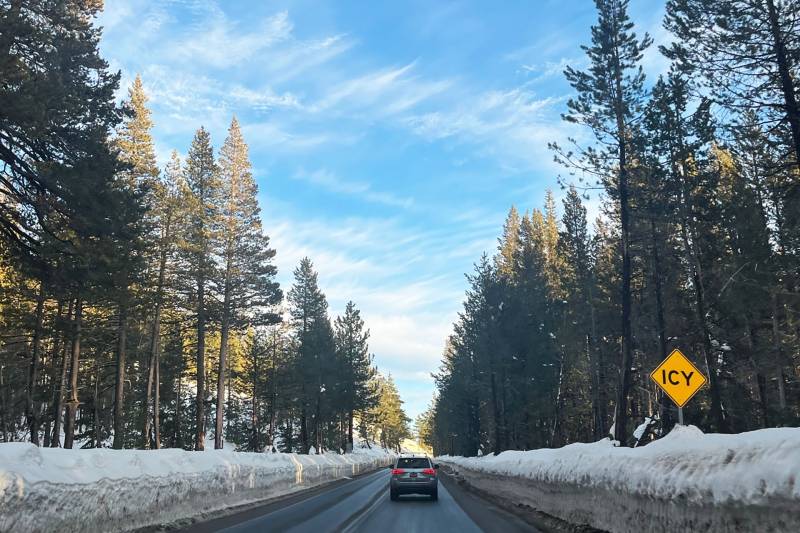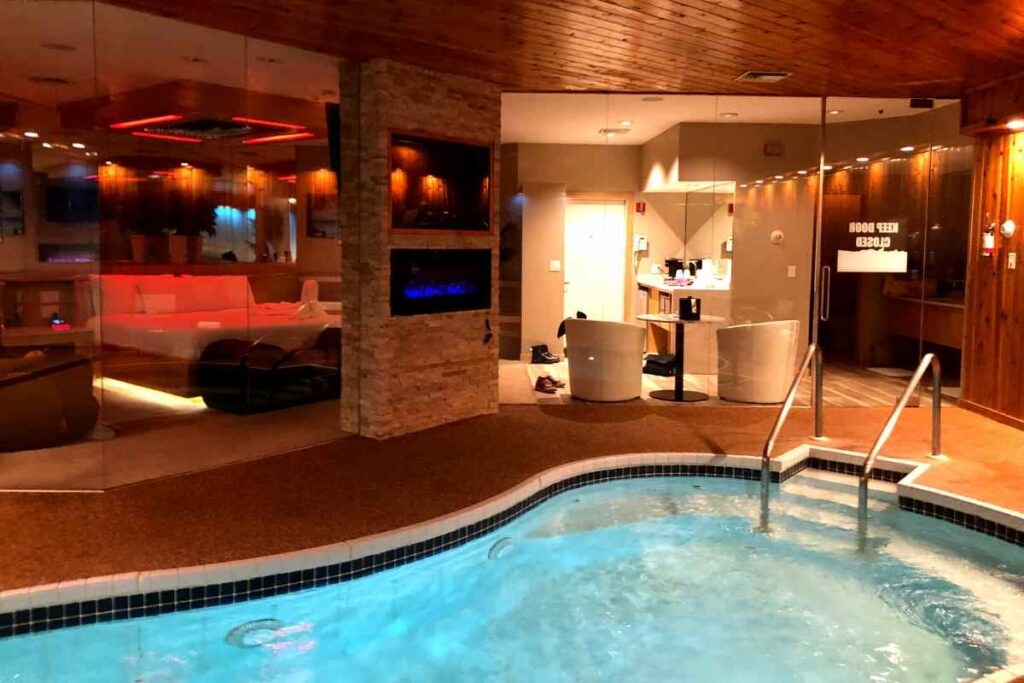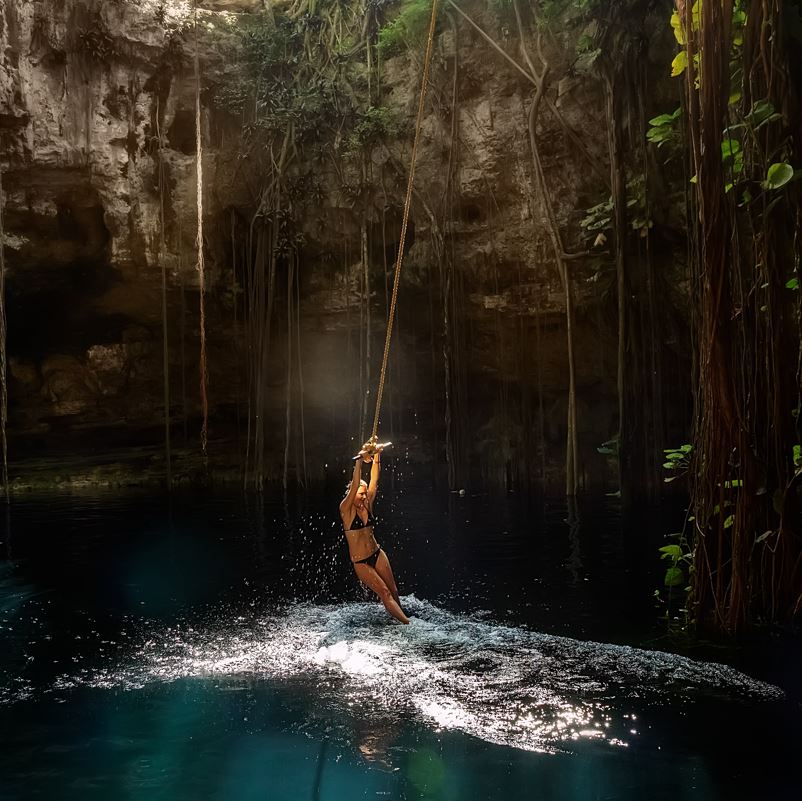
Dangerous conditions expected to persist by way of 2023 winter season period practise warning and choose conservative terrain
The snowpack in western Canada is incredibly weak this 12 months and these perilous circumstances are expected to persist for the relaxation of the season.
“It is crucial for any outdoor enthusiast heading into the backcountry to have an understanding of why these conditions exist and how to reduce the risk,” mentioned mountain information Paul Chiddle, supervisor of the College Calgary Outdoor Centre,
Why these disorders exist
The snowpack in western Canada has been affected by a deficiency of snow and cold climate, main to the formation of weak levels that are prone to triggering huge, harmful avalanches. These weak layers are buried deep plenty of that there are handful of indications of instability, making them tough to detect.
Many avalanches this winter have been activated from a length, indicating that the weak layers in the snowpack are prevalent, interconnected, and unstable. These levels, specifically in wind-impacted spots and rocky terrain, are far more possible to be activated when they are shallowly buried.
“This year’s snowpack is unique from most previous decades,” writes Mike Conlan, an avalanche forecaster, on the Avalanche Canada web page. “Professionals with decades of expertise propose this weak of a snowpack is only seen after each individual 10 to 20 many years for substantially of western Canada. Some professionals are comparing this snowpack to 2003, which was one of the worst several years on document for avalanche fatalities.”
“An avalanche activated on these levels is likely to be large in dimensions and could be lethal for people caught in it,” added Chiddle, a 21-yr veteran of backcountry guiding.
Control the risk
The very best way to regulate the risk of avalanches is through conservative terrain alternative. Stay clear of large-consequence terrain at all charges and, where by feasible, vacation on slopes with a slope angle of considerably less than 30 degrees while remaining vigilant of the terrain above and under you.
“It is extremely vital to be careful and carry on with this mindset even all through durations of lessened or no avalanche activity,” said Chiddle.
Crucial ideas to setting up for vacation in the backcountry
- 
- 
Evaluate the possibility: Before heading out to the backcountry, evaluate the threat and acquire as considerably info as possible about the present circumstances, which include the avalanche forecast, snowpack and climate, and terrain and team skills and experience. See the Avalanche Canada forecast map for issue updates.

- 
Make a strategy: Centered on your hazard evaluation, occur up with a program for how to properly journey by the terrain. This may contain deciding on a different route or altering your options altogether.

- 
Implement harmless travel methods: Use safe travel strategies such as spacing out, travelling one at a time and getting aware of your surroundings to lessen the hazard of becoming caught in an avalanche.

- 
Repeatedly reassess the risk: Problems can improve immediately, so it is critical to consistently reassess the hazard and modify your ideas as desired.

- 
Be organized for emergencies: Have required emergency gear, these types of as shovels, probes, and transceivers, and know how to use them in scenario of an avalanche. Have a strategy in put for what to do in the celebration of an avalanche, like how to execute a rescue and get aid if essential.

- 
Look at additional coaching: Irrespective of whether you are new to or seasoned in backcountry vacation. This will provide useful knowledge and expertise to properly navigate terrain and lower the chance of an avalanche. Be geared up for vacation in avalanche terrain by using needed precautions. Browse avalanche competencies teaching at the Outside Centre.












